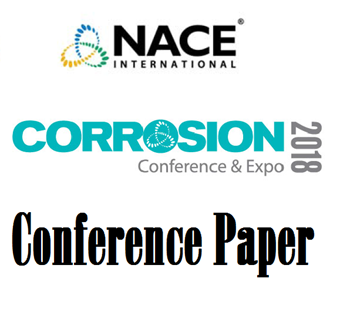Search
09261 Evaluation of Alloy Components from a Biomass Gasifier
Also Purchased
51312-01645-Corrosion Studies Of Raw And Treated Biomass-Derived Pyrolysis Oils
Product Number:
51312-01645-SG
ISBN:
01645 2012 CP
Publication Date:
2012
$20.00
51318-11246-Materials Issues In Biomass Gasification
Product Number:
51318-11246-SG
Publication Date:
2018
$20.00
07348 Issues Impacting Refractory Service Life in Biomass/Waste Gasification
Product Number:
51300-07348-SG
ISBN:
07348 2007 CP
Publication Date:
2007
$20.00
Recently viewed




